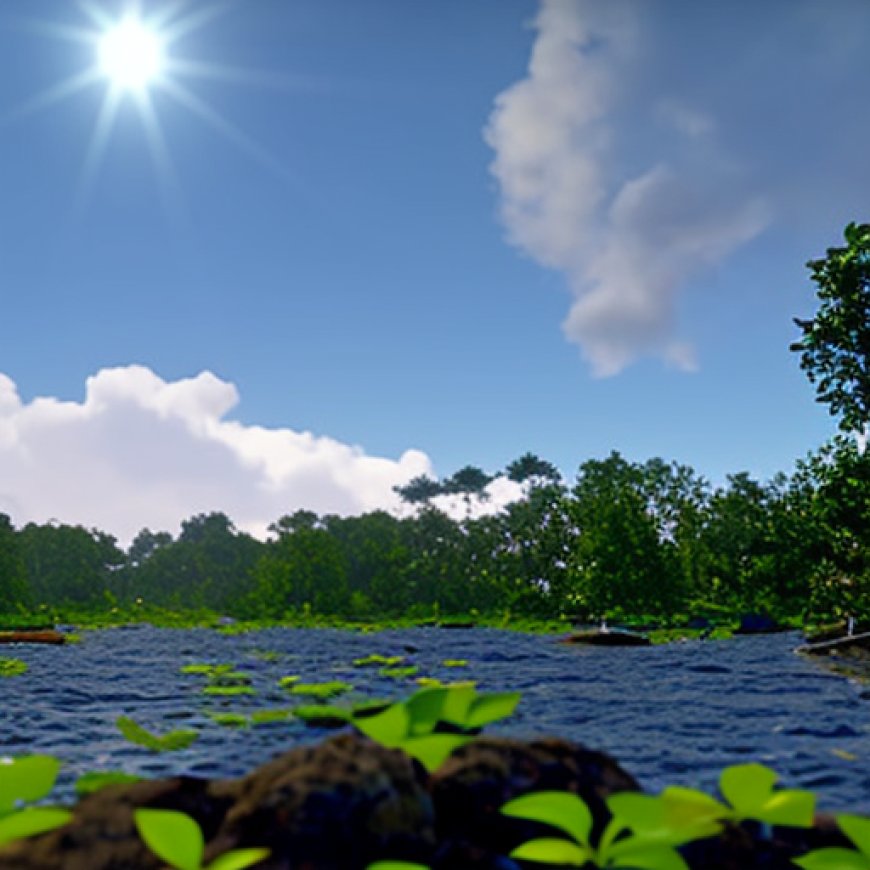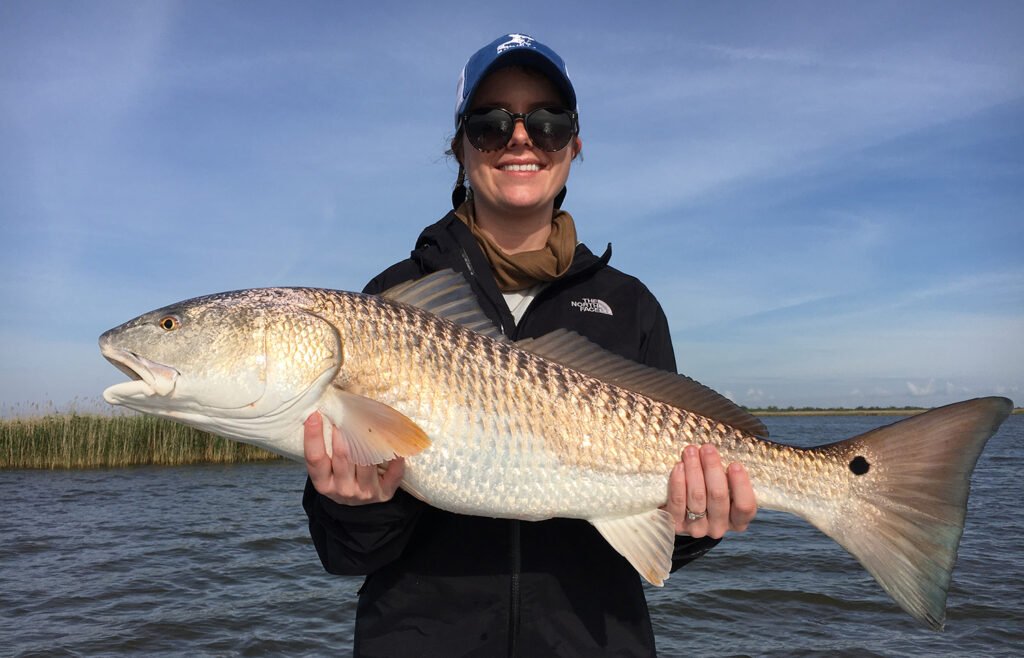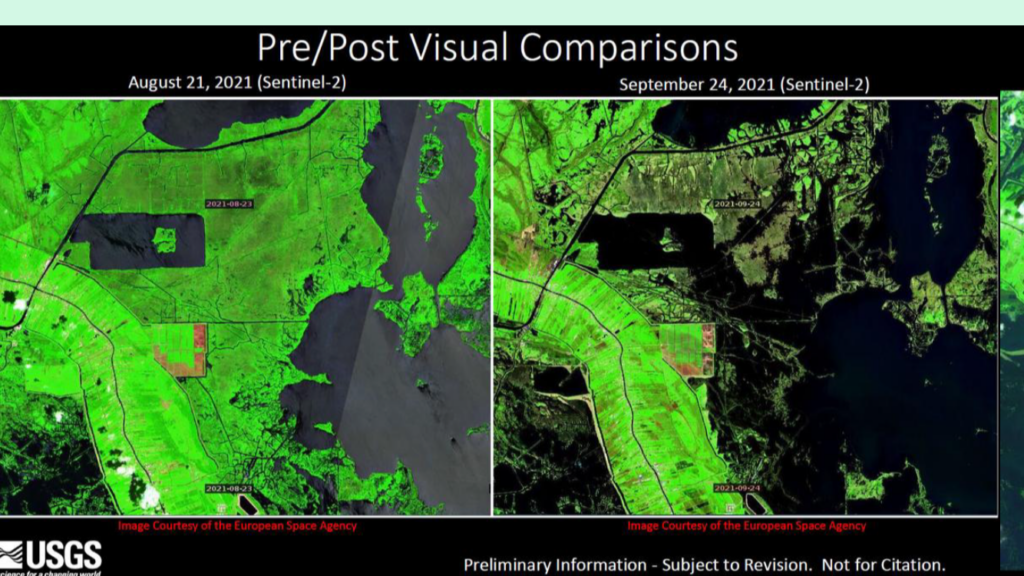Louisiana Commences Unprecedented Coastal Habitat Restoration Project | Theodore Roosevelt Conservation Partnership
Louisiana Commences Unprecedented Coastal Habitat Restoration ... Theodore Roosevelt Conservation Partnership


The state just broke ground on the Mid-Barataria Sediment Diversion—America’s largest and most expensive habitat restoration project to date—to breathe life back into a critical Gulf Shore basin and promote long-term fishery health.
The first time I launched a boat out of Empire, La., along the Mississippi River south of New Orleans, I had just graduated from high school in 1994.
I had spent a lot of time, to that point, fishing across Louisiana’s coast, from Delacroix, east of New Orleans, to Dularge in western Terrebonne Parish, but I never had the opportunity to traverse the speckled trout and redfish paradise of the eastern Barataria Basin with its seemingly endless maze of bayous, marsh ponds, lakes, and bays between our launching spot and the Gulf of Mexico.

About a decade later, those bayous, lakes, and bays were either gone or almost totally unrecognizable, laid to waste by Hurricane Katrina’s unprecedented storm surge and land-eating ferocity. Other powerful hurricanes like Gustav, Ike, Laura, Delta, and especially 2021’s Ida, which washed away more than 100 square miles of coastal wetlands, have gouged and gashed the Barataria Basin in the 18 years since Katrina. These, along with nature’s consistent, relentless attacks and effects of the 2010 Deepwater Horizon oil spill, have further altered the basin.

On August 10, the Louisiana Coastal Protection and Restoration Authority, federal partners, and hundreds of Louisianans gathered just north of Empire to break ground on the Mid-Barataria Sediment Diversion, a project designed to breathe life back into the Barataria Basin by reconnecting the Mississippi River to the marshes, bayous, islands, and ponds it originally built.
It is America’s largest, most ambitious, and most expensive habitat restoration project to date, designed to move as much as 75,000 cubic feet of sediment-laden water per second through a gate on the Mississippi River levee and a two-mile conveyance channel to mimic the connection that once existed between the river and its delta. The price tag is estimated at an astonishing $2.9 billion, almost all covered by penalties levied against BP and others for damages caused by the 2010 oil disaster including $660 million for construction from the National Fish and Wildlife Foundation’s Gulf Environmental Benefit Fund. Optimistically, the project is set for completion by 2028.
SDGs, Targets, and Indicators
1. Which SDGs are addressed or connected to the issues highlighted in the article?
- SDG 14: Life Below Water – The article discusses the restoration of the Barataria Basin and the promotion of long-term fishery health, which aligns with SDG 14’s focus on conserving and sustainably using marine resources.
- SDG 15: Life on Land – The article highlights the loss of coastal wetlands and the need to rebuild habitat in the Barataria Basin, which relates to SDG 15’s goal of protecting, restoring, and promoting sustainable use of terrestrial ecosystems.
2. What specific targets under those SDGs can be identified based on the article’s content?
- SDG 14.2: By 2020, sustainably manage and protect marine and coastal ecosystems to avoid significant adverse impacts, including by strengthening their resilience, and take action for their restoration in order to achieve healthy and productive oceans – The article discusses the Mid-Barataria Sediment Diversion project, which aims to restore the Barataria Basin and promote long-term fishery health.
- SDG 15.1: By 2020, ensure the conservation, restoration, and sustainable use of terrestrial and inland freshwater ecosystems and their services, in particular forests, wetlands, mountains, and drylands, in line with obligations under international agreements – The article highlights the need to reconnect the Mississippi River to the marshes, bayous, islands, and ponds in the Barataria Basin to restore habitat and prevent further land loss.
3. Are there any indicators mentioned or implied in the article that can be used to measure progress towards the identified targets?
- The article mentions the estimated cost of the Mid-Barataria Sediment Diversion project, which can serve as an indicator of financial investment in habitat restoration and conservation efforts.
- The article discusses the goal of moving sediment-laden water through a gate on the Mississippi River levee and a two-mile conveyance channel, which can be an indicator of the physical infrastructure and engineering progress towards restoring the connection between the river and the Barataria Basin.
- The article mentions the loss of coastal wetlands and the need to rebuild habitat, which can be an indicator of the extent of land loss and the success of restoration efforts in reversing this trend.
Table: SDGs, Targets, and Indicators
| SDGs | Targets | Indicators |
|---|---|---|
| SDG 14: Life Below Water | 14.2: By 2020, sustainably manage and protect marine and coastal ecosystems to avoid significant adverse impacts, including by strengthening their resilience, and take action for their restoration in order to achieve healthy and productive oceans | – Financial investment in habitat restoration and conservation efforts – Progress in moving sediment-laden water through infrastructure – Restoration of the Barataria Basin and promotion of long-term fishery health |
| SDG 15: Life on Land | 15.1: By 2020, ensure the conservation, restoration, and sustainable use of terrestrial and inland freshwater ecosystems and their services, in particular forests, wetlands, mountains, and drylands, in line with obligations under international agreements | – Financial investment in habitat restoration and conservation efforts – Progress in moving sediment-laden water through infrastructure – Restoration of the Barataria Basin and prevention of further land loss |
Behold! This splendid article springs forth from the wellspring of knowledge, shaped by a wondrous proprietary AI technology that delved into a vast ocean of data, illuminating the path towards the Sustainable Development Goals. Remember that all rights are reserved by SDG Investors LLC, empowering us to champion progress together.
Source: trcp.org

Join us, as fellow seekers of change, on a transformative journey at https://sdgtalks.ai/welcome, where you can become a member and actively contribute to shaping a brighter future.







